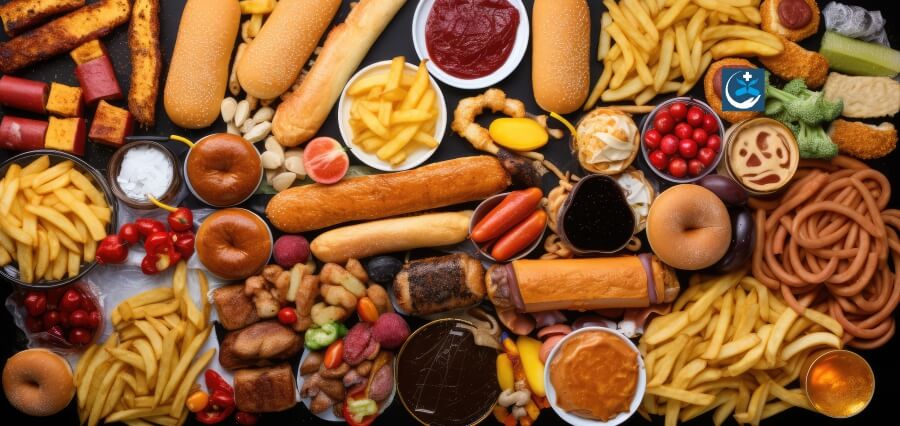According to a study, Americans consumed 400–500 calories on average from snacks each day—often more than they did for breakfast—and these processed foods had little nutritious value. Why do so many Americans still choose to sit a half-seat on buses and trains? Snacks are the bad guys; for US adults, they make for over 25% of daily calories and roughly one-third of added sugar intake.
The team lead by medical dietetics professor Christopher Taylor of Ohio State University’s School of Health and Rehabilitation Sciences published their findings in PLOS Global Public Health under the title “Snacks contribute considerably to total dietary intakes among adults stratified by glycemia in the United States.” The team analyzed data from surveys of 23,708 adults over 30 who had participated in the National Health and Nutrition Examination Survey between 2005 and 2016. Every participant in the survey provides a 24-hour dietary recall, describing not only what they ate, but also when they ate it all.Unknowingly, 200 food-related decisions are made daily by people.
The average person has five or six eating opportunities (three main meals plus two or three snacks) a day, which suggests that snacks may have a large role in many of these dietary choices.
They discovered that Americans consumed 400–500 calories on average from snacks each day—often more than they did from breakfast—and that these salty or sugary junk items had little nutritious value.
Dangerous Matter: Dietitians noted that although Americans have a tendency to snack, “the magnitude of the impact isn’t realized until you actually look at it.” Without really being a meal, snacks add the equivalent of a meal to what we consume, according to Taylor. “You already know what’s going to be for dinner: a protein and one or two sides. It’s not a totally well-rounded meal, though, if you base your dinner on your snack foods, which are quite different in terms of carbohydrates, sugars, protein, fruit, and vegetables.
In order to start changing dietary habits before people develop chronic diseases, Taylor continued, “Diabetes education looks like it’s working, but we might need to bump education back to people who are at risk for diabetes and even to people with normal blood glucose levels.”


